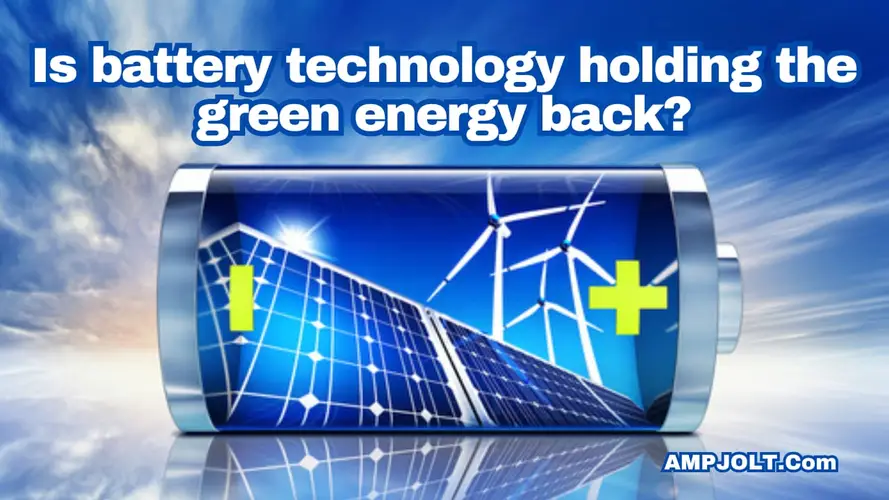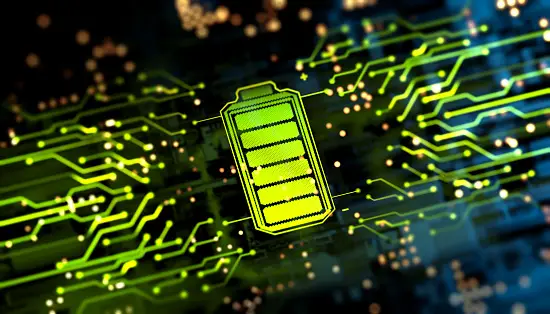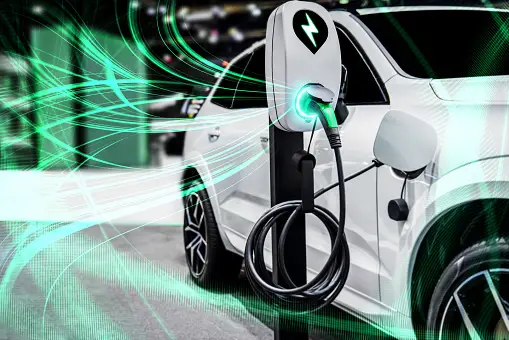How do i revive my electric bike battery?
April 14, 2018

The attention is frequently set on green energy sources such as solar and wind power in the persistent search of a sustainable future. However, a critical actor that usually goes unseen lurks in the shadows: battery technology. While batteries are hailed as the backbone of renewable energy systems, the concern is whether these power-packed cells are limiting the green energy revolution's full potential.
Green energy has clearly made great advances, with rooftop solar panels and wind turbines dominating landscapes. These renewable sources provide a clean and limitless alternative to traditional fossil fuels, lowering our carbon footprint and lessening the effects of climate change. The intermittent nature of renewable energy production, however, presents a challenge: the sun does not always shine, and the wind does not always blow.
Because of this unpredictability, effective energy storage technologies are required to bridge the gap between production and consumption, and batteries emerge as frontrunners in this race. However, the technology that was supposed to free us from the restraints of fossil fuels, strangely, has its own set of limits.

The present battery technologies' insufficient capacity is one obvious challenge. While lithium-ion battery developments have been remarkable, they still fall short of fulfilling the increasing demands of a world moving to renewable energy. The pursuit of improved energy density and longer lifespan batteries is ongoing, but it remains a bottleneck.
Battery manufacture, particularly lithium-ion battery production, raises questions regarding resource sustainability. Mining for lithium, cobalt, and nickel, which are crucial components of these batteries, has environmental and ethical consequences. Addressing these problems is critical to ensuring that the transition to green energy is really eco-friendly.
Amidst these challenges, the landscape is dotted with promising innovations poised to reshape the future of battery technology. These breakthroughs hold the key to unlocking the full potential of green energy:
Solid-state batteries represent a paradigm change, with solid materials replacing traditional liquid electrolytes. This not only improves safety but also has the potential to increase energy density and cycle life. As research progresses, solid-state batteries might usher in a new era of energy storage.
Exploring lithium-ion battery alternatives is critical for tackling resource problems. Researchers are investigating a wide range of materials, from sodium-ion to zinc-air batteries, in order to identify more sustainable and plentiful solutions. These alternatives seek not just to lessen environmental effect but also to liberate themselves from the limits of restricted resources.
The journey towards a greener tomorrow is a complex interplay of technological advancements, regulatory frameworks, and societal acceptance. Recognizing the symbiotic relationship between green energy and batteries is essential for steering this transition effectively.

Governments are critical in guiding the shift to green energy. Implementing laws that encourage research and development in battery technology, as well as promoting an atmosphere suitable to the use of renewable energy, is critical for overcoming current barriers.
Raising public knowledge regarding the environmental and social consequences of various battery technologies is critical in parallel with regulatory activities. A well-informed customer base may create demand for sustainable practices and persuade the sector to embrace environmentally friendly solutions.
To answer the question of whether battery technology is stifling green energy, a balanced viewpoint is required. While hurdles remain, the combined efforts of scientists, engineers, politicians, and the general public can pave the way for green energy and improved battery technology to live peacefully.
Collaboration among stakeholders is critical for overcoming obstacles. To expedite the development and implementation of sustainable battery technology, researchers, companies, and governments must work together. This collaborative attitude has the potential to promote a comprehensive strategy to resolving the various difficulties posed by the energy transition.
The energy storage environment is ever-changing, with ongoing developments pushing the frontiers of what is feasible. Investing in R&D, encouraging entrepreneurs, and cultivating an innovative culture are essential steps in ensuring that battery technology improves in unison with the expanding needs of the green energy revolution.
Current obstacles might look formidable in the complicated tango between green energy and battery technology. As previously discussed, the constraints in battery capacity and resource sustainability highlight the necessity for continued innovation. Researchers all across the world are actively pushing the frontiers of battery technology, looking for ways to improve energy density, longevity, and overall efficiency. The landscape is bustling with potential developments destined to redefine the future of energy storage, from solid-state miracles to other materials beyond lithium.
Collaboration develops as a driving force in this dynamic domain. Industries, governments, and researchers are working together to address common difficulties, highlighting the necessity of long-term development. Staying updated about these breakthroughs is critical to understanding the shifting landscape of green energy and battery integration as we traverse the complexity of this nexus.
Beyond technological breakthroughs, the adoption of green energy is inextricably related to human behavior and cultural conventions. Recognizing end-users' roles is critical to facilitating a general transition toward sustainable behaviors. Education and awareness campaigns are critical in allowing individuals to make educated decisions about not just selecting green energy solutions but also understanding the ramifications of their energy usage habits.
Furthermore, the user experience with battery technology has the potential to dramatically influence the overall impression of green energy. A smooth integration process is aided by user-friendly interfaces, clear directions, and easily available information. The human aspect in this journey is crucial as we map the road for a sustainable future, influencing and determining the direction of green energy and battery partnerships.
The relevance of battery technology in influencing our energy future cannot be emphasized as we stand at the crossroads of environmental stewardship and technological innovation. Batteries must be viewed as facilitators, capable of converting intermittent renewable sources into reliable, on-demand electricity, rather than as obstacles.
The obstacles that battery technology faces are substantial, but so are the prospects for advancement. We can break free from the restraints that threaten to stifle the green energy revolution by adopting sustainable behaviors, investing in research, and encouraging collaboration. The way forward necessitates a joint commitment to innovation in order to ensure that the marriage of green energy and better batteries drives us towards a cleaner, brighter future.
Yes, exploring preventive strategies can help mitigate setbacks in battery technology.
Absolutely, DIY insights empower users to recalibrate batteries independently.
The time consideration for the reset process directly impacts green energy efficiency.
Yes, immediate test rides post-reset help gauge and optimize green energy performance.
Troubleshooting hurdles may arise; additional steps may be needed if the reset falls short.
Understanding the reasons behind battery resets is crucial for maximizing green energy potential.
Comments
Write a comment